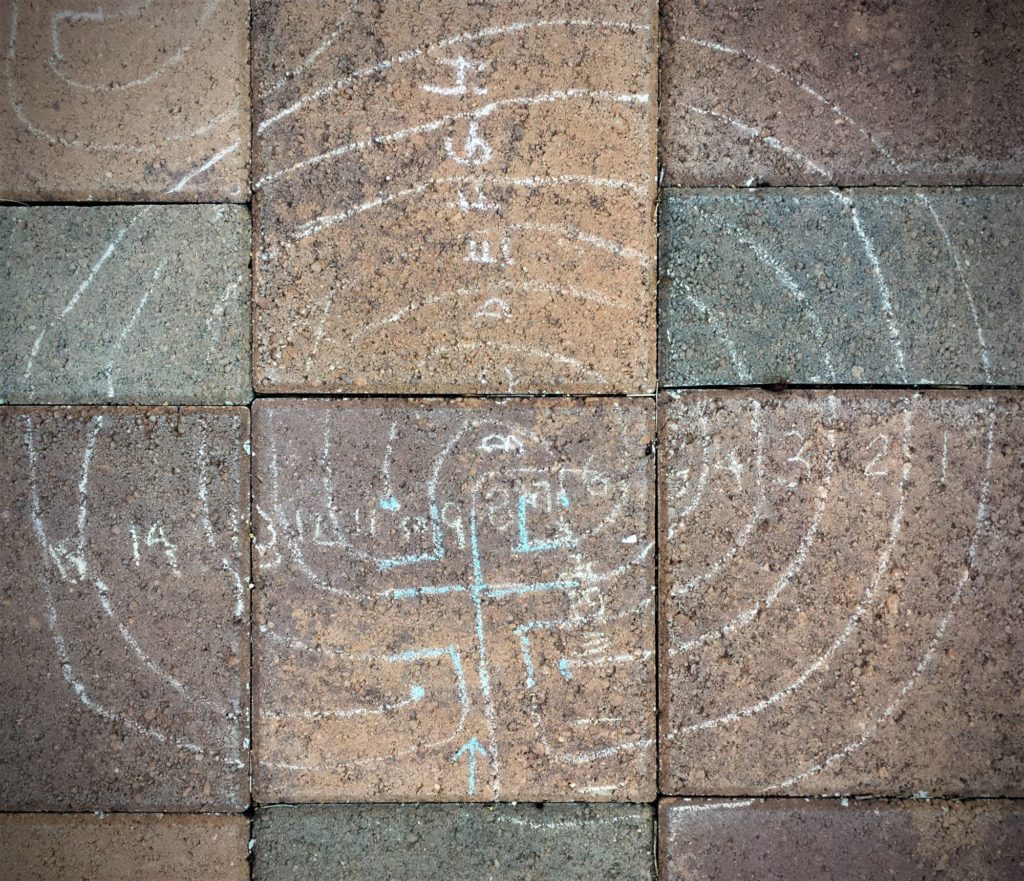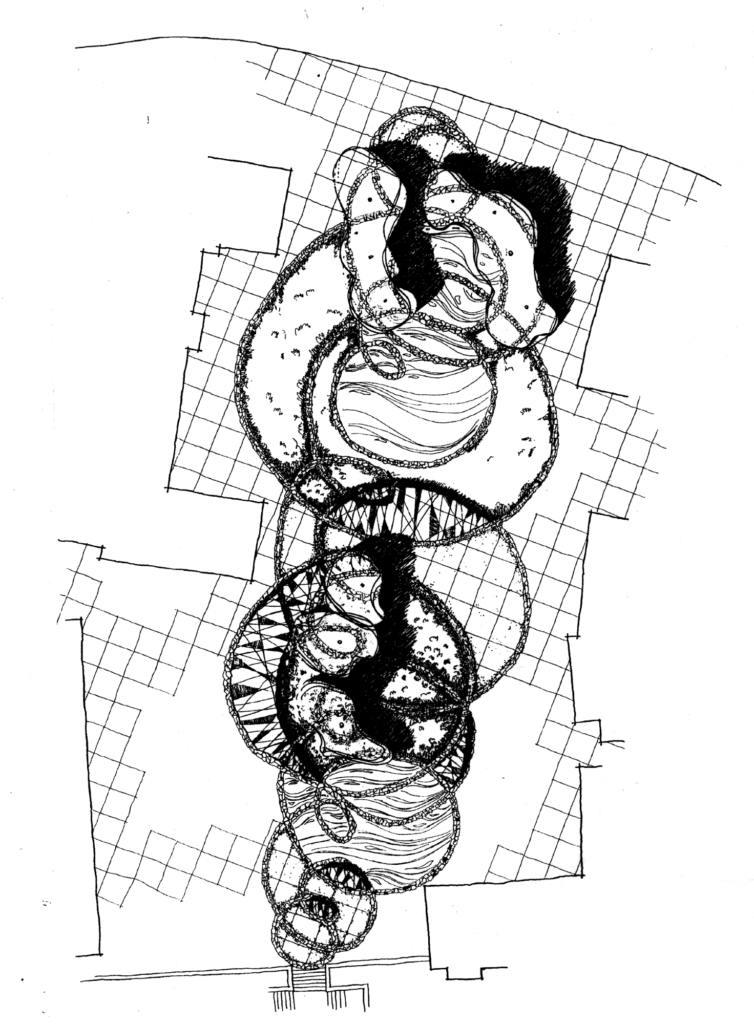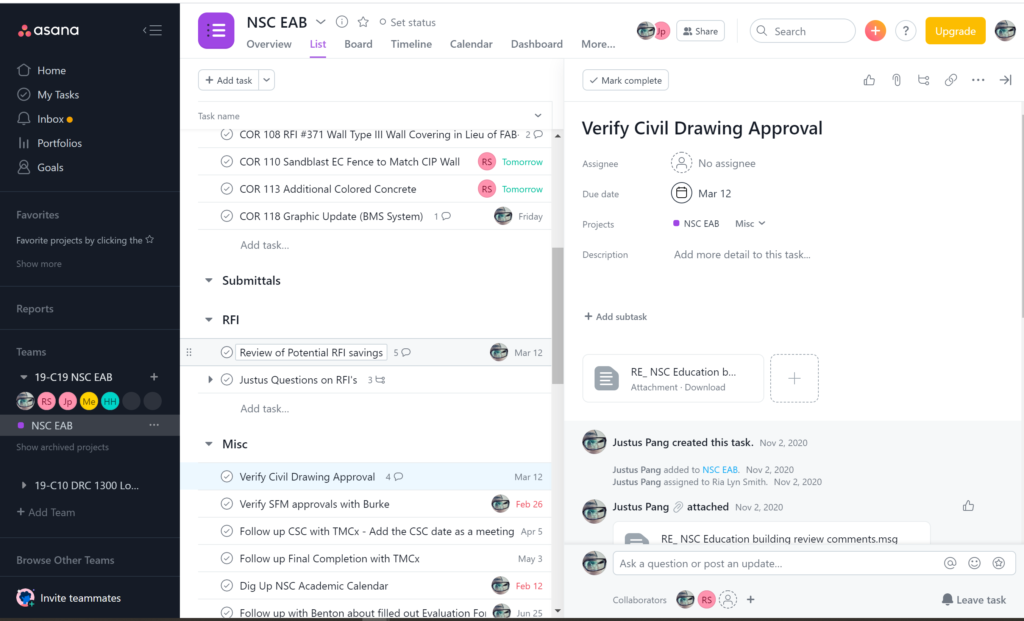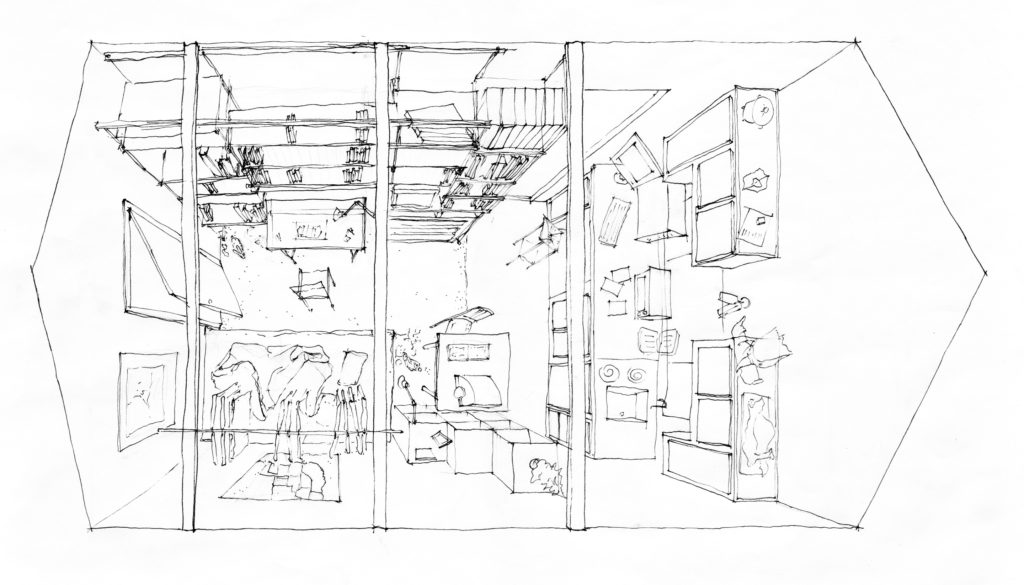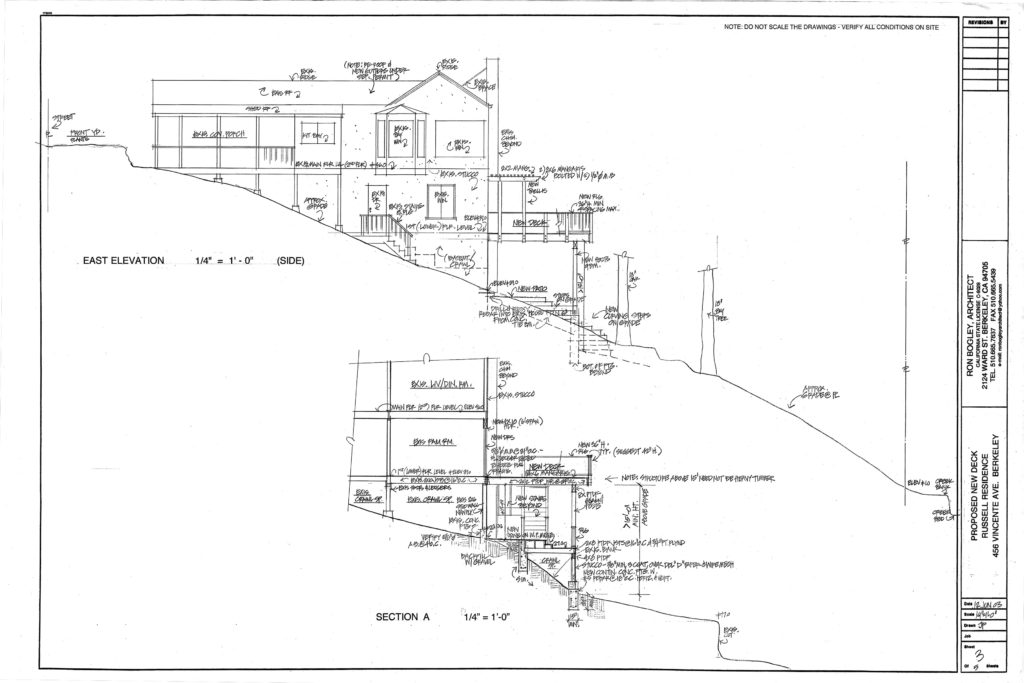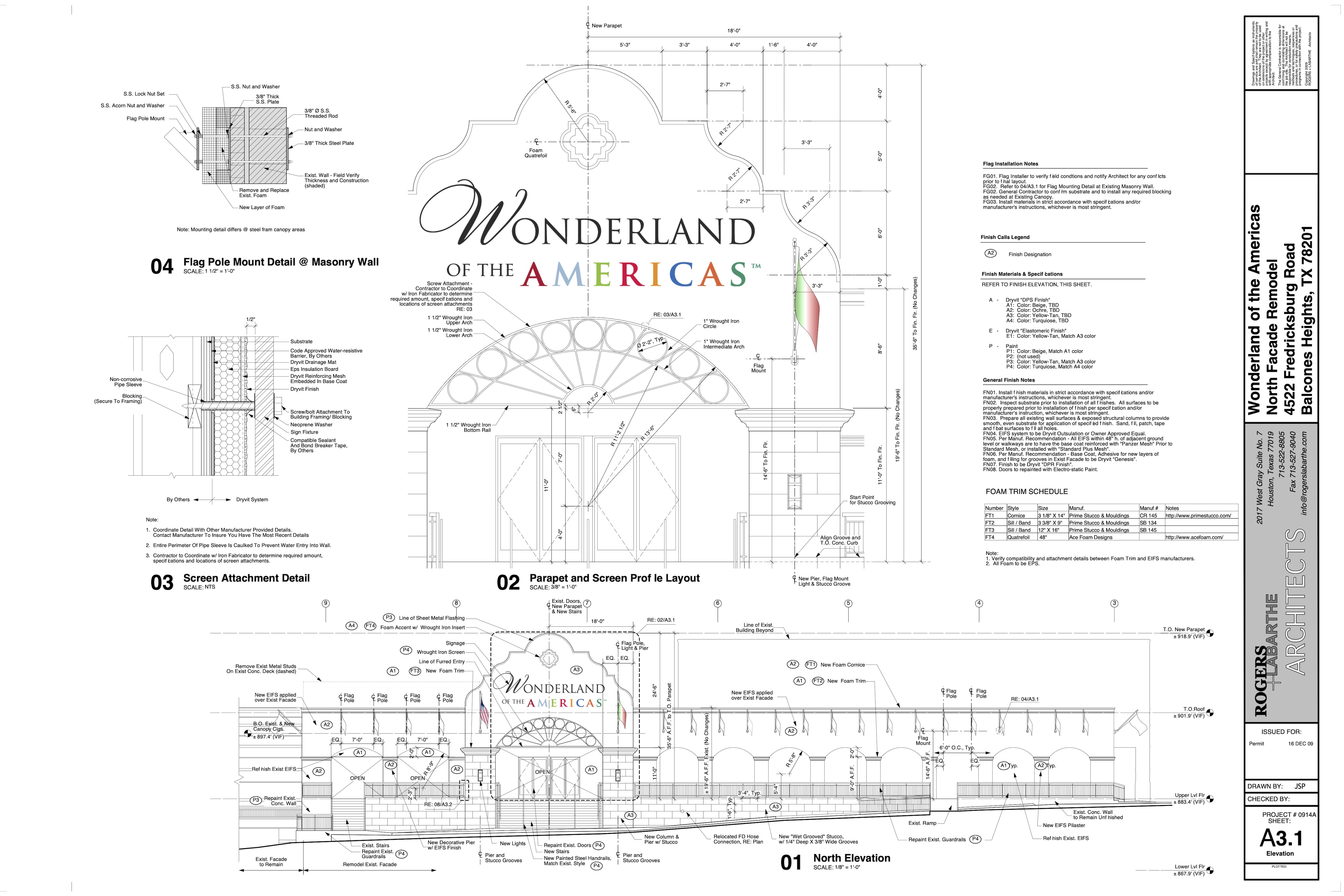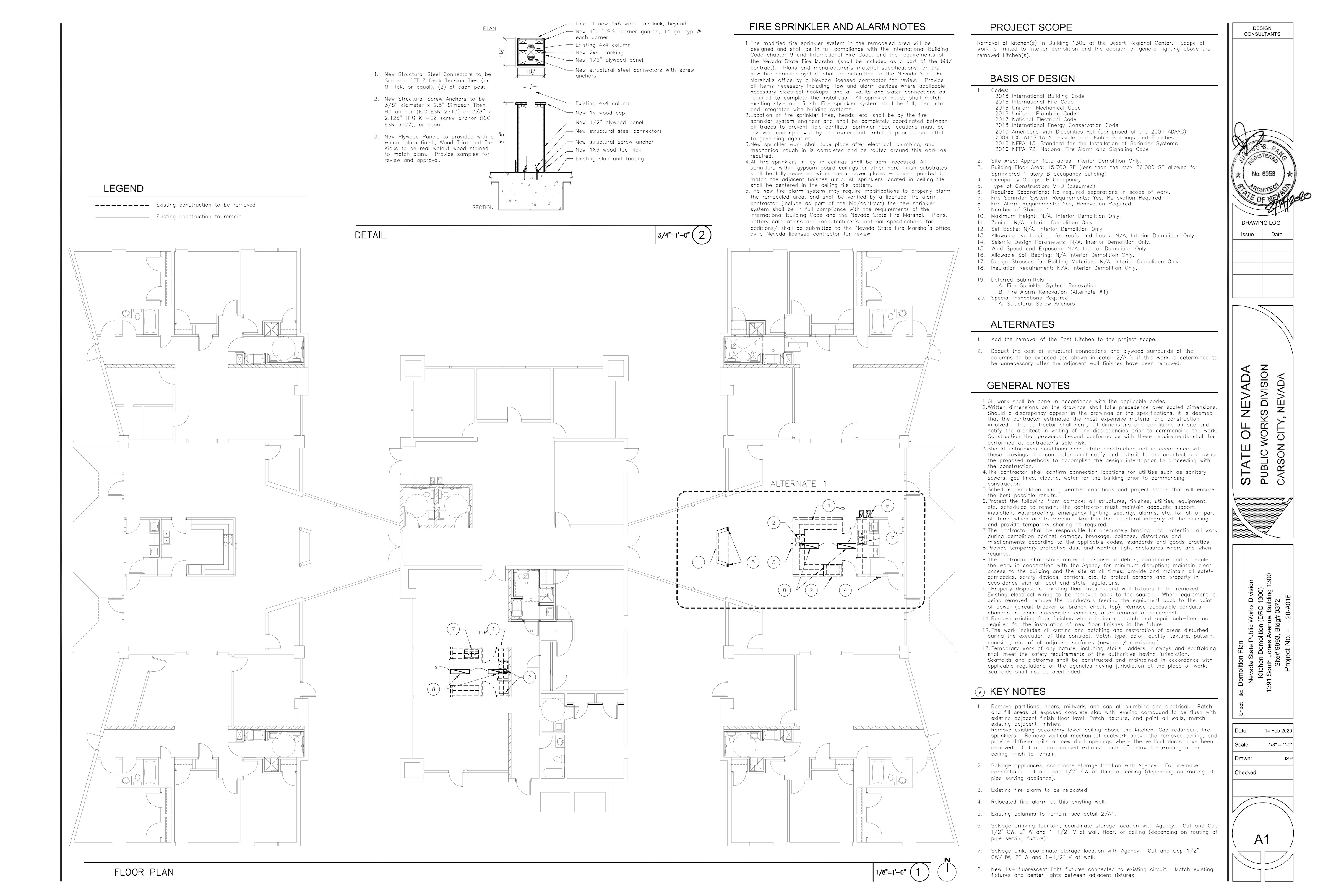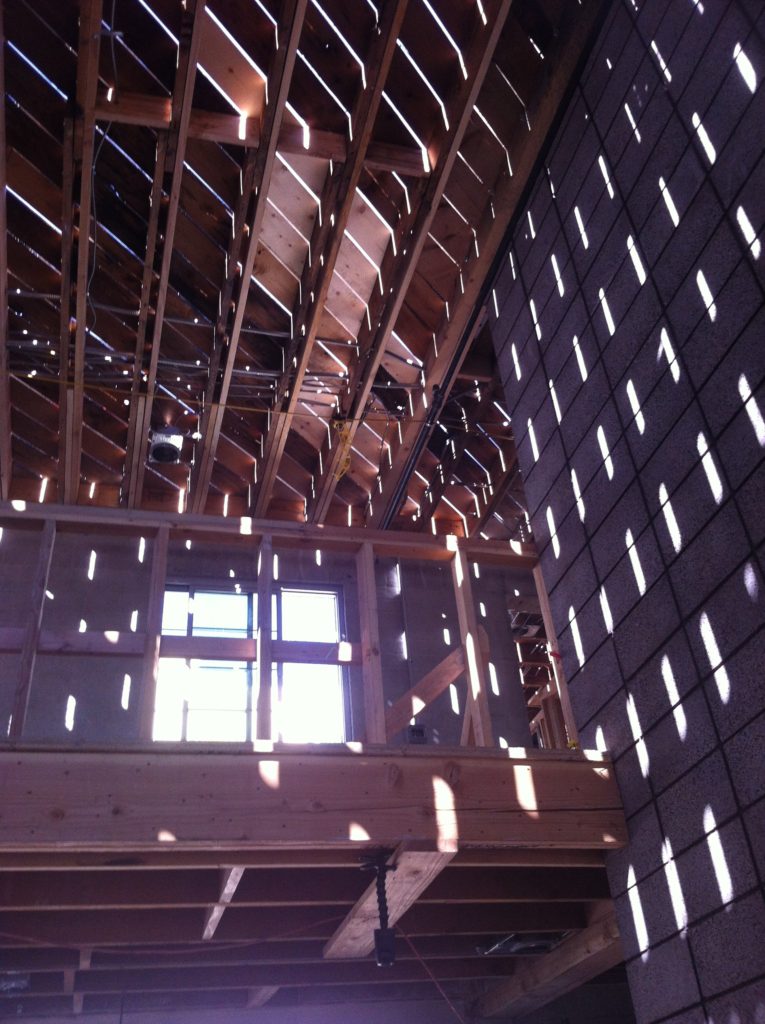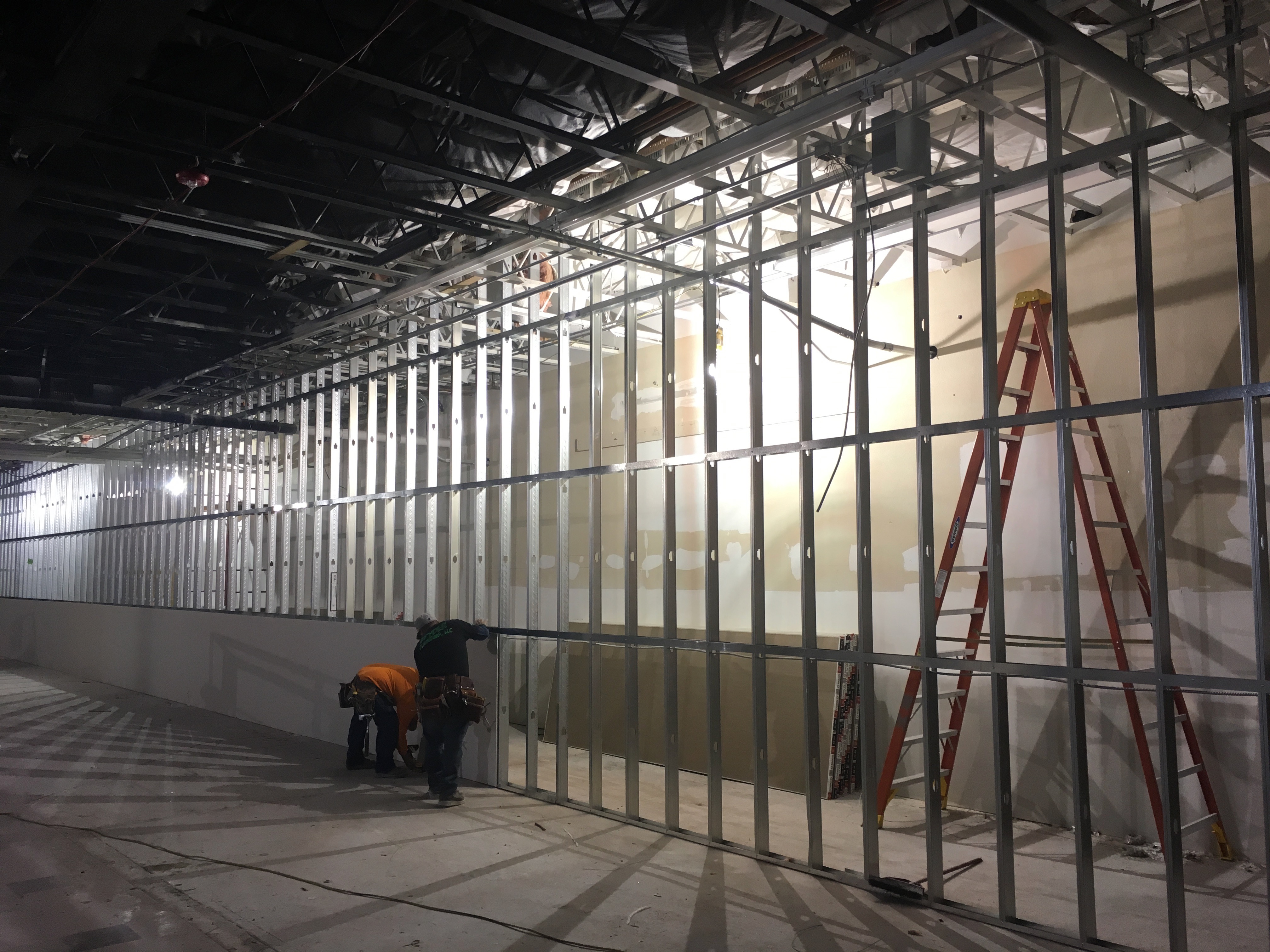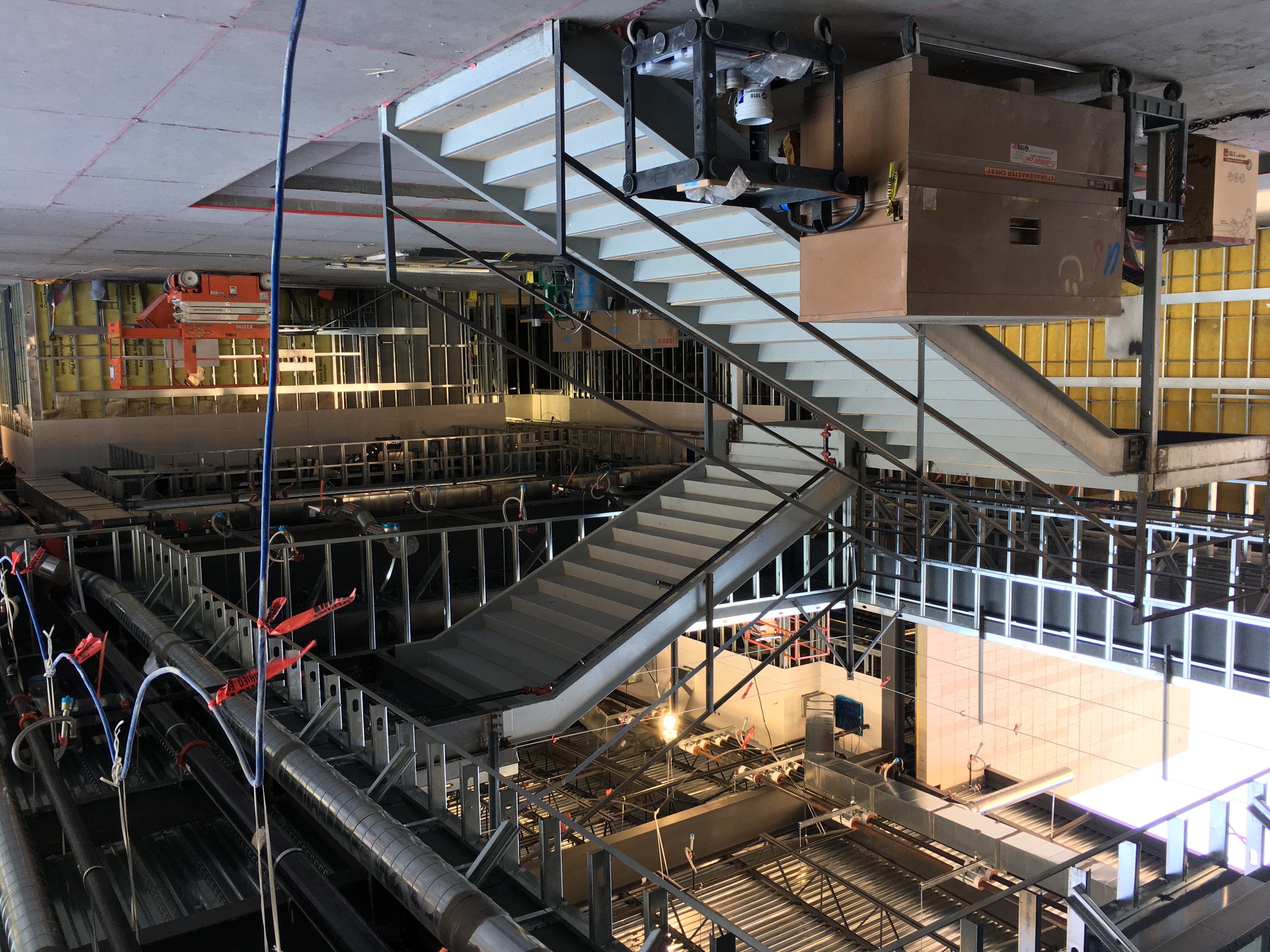I am an Owner’s Project Manager and Architect for the State of Nevada Public Works Division. We remodel, plan, and construct facilities for State Agencies for Using Agencies. The way our system is set up, we ultimately hold the contracts with the Consultants and Contractors.
I’ve worked on projects as small as a kitchen demolition in a mental health facility to a $44M Education Academic Building for Nevada State College. This post is based on my experience developing this process during construction administration for this major building (we are a couple months from substantial completion).
Primary Goals for a Web Taskboard + Weekly Check-in Process
- Minimize Emails (or at least email searching).
- Centralized hub for Tasks (and information) between the Owner and Architect.
- Create space for synchronizing the Owner and Architect (aligning priorities and identifying unspoken concerns)
Web Taskboard
We use the basic free package of Asana and have not found any significant limitations.
This task board is only used for coordination between the Owner and the Architect’s PM. The CMAR is not involved since another ad hoc communication channel could cause confusion. The Architect keeps track of their own internal tasks separately (such as typical RFI or Submittal processing), and I keep a separate things-to-do list for project tasks that don’t concern the architect.
We treat Asana as an open, free flowing space. Tasks and Deadlines can be added or assigned to anyone. There are only two restrictions:
- If a new task is assigned to someone else with a deadline in less than a week, then a courtesy phone call (followed up by “manual” email) is expected.
- Hard Deadlines are to be noted in the Title of the Task. Otherwise, dates are merely treated as “preferable goals” to signal intent, and it is not a big deal if they are shifted.
When a task is added, relevant files (documents or key emails) are uploaded into the task. This eliminates use of email inboxes as repositories of information. Someone should be able to open the task in Asana and have all the relevant information to start work.
Weekly Check-in
A critical part this process is our weekly check-in. I’ve found it typically takes an hour. We have a standing placeholder on Monday afternoons, but we are flexible since it’s just the Architect’s PM and myself. That said, we never skip a full week. The call is loose and will veer into tangents, but it follows this rough Agenda:
- Project Vibe
- Run through the Asana List
- Go through Recent Walk Thru Comments (due to the pandemic, I conduct my job walks alone)
- Any other Open Items?
- Long Term Look Ahead
- Next Steps (this week’s priorities)
Analysis
In theory, this system could minimize ad hoc emails between me and the Architect’s PM. Unfortunately, this doesn’t happen in practice, because there are always other parties (such as the Architect’s Principal in Charge, Contractor, Using Agency, etc.) who needs to be included in key communications. However, this system has successfully eliminated email searching because Asana has centralized all project tasks between us.
This system has given me a much better feel for project progress, despite operating under strict quarantine (we live with our in-laws). My relationship with the Architect’s PM was great before implementing this system, but this tool has been indispensable in maintaining tight synchronization during the usual chaos of construction administration. Before implementing this system, I could sense slippages of miscommunication; now we are never more than a week from airing out any concerns before a misalignment could get serious.
The weekly synchronization gives me a clear grasp of project needs and priorities. This has empowered me to focus intensely on my immediate tasks at hand for the rest of the week (for this project or otherwise).
The system isn’t a magic bullet, we still need to execute. For example, it would have been extra slick if I had started our FF&E purchases a month earlier than I did. The tasks were on the list the whole time, but I did not stay on top of my responsibilities to push this part of the project forward at the perfect time. However, the task board certainly helped me avoid the much worse event of being a month late!
This process isn’t free – it costs an hour every week. 2.5% of the time where two professionals aren’t executing direct deliverables (not to mention the separately held OAC meeting and job walks). The best analogy is to call this practice “PMt insurance”. I believe this regular time commitment has helped prevent small issues from becoming big emergencies.
We tried Microsoft Teams and Asana.com. I hoped that MS Teams would integrate better with MS To Do, however that feature only works with the user whose server is hosting the Team. So, we went back to Asana because it is very consistent in its email distribution (allowing the Architect to keep a record of all communications), and because I prefer Asana’s “List” (spreadsheet) interface. However, I would use MS Team for internal-only project teams, and I am open to trying other systems if someone feels strongly about it.
I have Asana’s iphone app, but I don’t use it for task management. However, I use Asana’s phone app to make “notes” during the job walk. I then discuss these comments on the weekly call with the Architect’s Project Manager and she incorporates relevant items into her weekly field reports.
Personal style disclaimer: I prefer one-on-one phone calls for resolving project issues since I feel decisions and gameplans are developed fastest in this manner. This process systematizes such a preference for handling non-urgent tasks between me and the architect. Other PM’s personal styles may differ.
Future Experiments
I plan on utilizing this process for future projects, starting at the design phase. I will request that the Architect select their preferred website (Monday, Trello, Wrike, Teams, Asana, etc.) and include any necessary premium costs into their fee.
For the design phase, I plan on extending the invite to the Using Agency and the CMAR’s Preconstruction Team. I still do not think this will be an appropriate communication channel with the CMAR’s team during construction operations.
I wonder if this process will minimize large group design meetings, or at least streamline them, since much of the updates could be handled via the web taskboard and in the weekly check-ins, especially since we hold formal presentations (and subsequent meeting minutes) after each of the major design phase deliverables.
I’m not sure if this will be useful for smaller projects, but I’ll give it a shot on my next one.
I might try doing this for internal communications, such as a weekly check-in with my direct supervisor.
References (some links)
General Thoughts
Sample Agendas
Acknowledgments
Many thanks to Ria Lyn Smith, who was my co-conspirator in developing this process. I initiated this system after reading about remote team weekly check-ins during the initial lockdown, after construction had started on our building. I grateful for her willingness to add this experiment on top of all the other fires of construction administration.
Also thanks to my AIA roundtable partners – Scott Knudson, Nea May Poole, Rachel Oleinick, Heather Pierce, and Emma Tucker for the lovely conversation that spurred me to finally put this post together. Finally, thanks to Heather Holmstrom for reviewing a draft and proposing some edits for this post.

